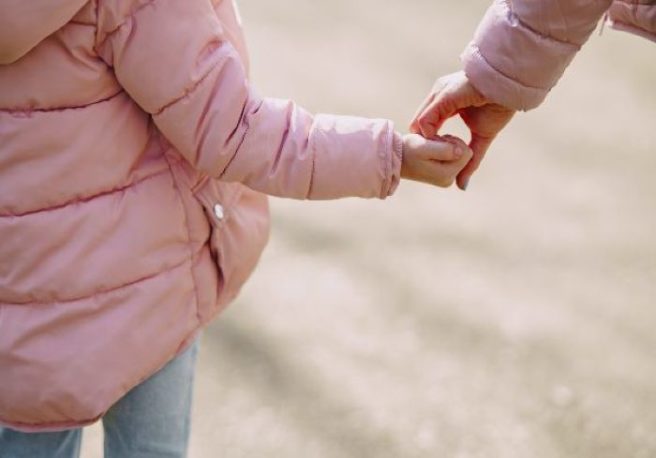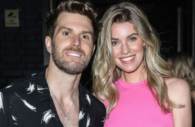
Talking to my 6-year-old daughter about racism and white privilege
I'm not a very good speaker. Like many people, I am more comfortable with a pen than I am with a mic, so I tend to stick to writing. But when it comes to having important conversations with your young kids, writing is not an option. I thought about scribbling a list of bullet points to keep this conversation on track, but it turned out I didn't need to. My daughter did not find the conversation about racism difficult to understand. In fact, she reacted far better than many white adults I have witnessed during a conversation about race.
My little one was surrounded by many people of colour in preschool and a conversation of skin colour would only come up if she was describing which child she played with that day. At that time, I loosely believed racism should never be brought up in front of any child, that an innocent kid couldn’t possibly benefit from this conversation. Recently, I’ve realised how wrong I was.
I realised that the parents of my daughter’s friends will never have this choice. That they cannot decide whether or not to discuss racism with their kids. Their children, at probably a very young age, will hear about the various types of racism that exist in the world. They do not have the privilege to avoid this anxiety-inducing conversation. With this in mind, I decided to start the conversation.
We began by reading one of her favourite books. Ada Twist Scientist by Andrea Beaty is a book about a little girl who is obsessed with learning about the world. Ada, just like my daughter, drives her parents mad with her curiosity, constantly asking questions and making messes with her experiments. The family in the story, happen to be black. The colour of their skin had never come up before, but this time, I asked her about it.
When we finished the book, I showed her some heroes in black history. I chose figures like Rosa Parks and Ruby Bridges, but we also looked at black people who are shaping the world today like Vanessa Nakate and Professor Ibram X. Kendi.
I took guidance from The Conscious Kid’s resources available on their Patreon. I showed her pictures of kids of colour marching in the streets and George Floyd’s daughter talking about how her daddy changed the world. I told her about Breonna Taylor and how she was in her own home when she was killed by the police.
With two parents with history degrees, my daughter always knew about colonialism and imperialism (yes, we are that kind of family). But that day, I spoke to her about slaves and segregation and discrimination. We touched on everything I could think of before l listened to her questions and answered them honestly. I then told her that it was up to her as a white person to fight this awful thing called racism. That she must always stand up and shout angrily at anyone who behaves in this despicable way.
That it must always be at the forefront of her thinking and she must always listen to people of colour when they tell her about their struggles. That racism is a white people problem and we must do what we can to fight it.
How did we leave it? Well, like all important conversations, I asked her what she had learned from it. She was visibly upset, her cheeks tear-stained and her little fists clenched in anger. She told me she now knew what her job was: To fight racism. I promised her I would take her with me to the next BLM protest.
Since that conversation, we have spoken about racism almost every day. We talked about racism specific to Ireland, America and Spain (as we are part Spanish). These conversations are teeny steps, but crucial ones. I will now continue to involve my daughter in all of my activism, even the parts that make me uncomfortable.
My discomfort is a small price to pay in my attempt to raise a child that strives towards anti-racism and recognises her privilege.






